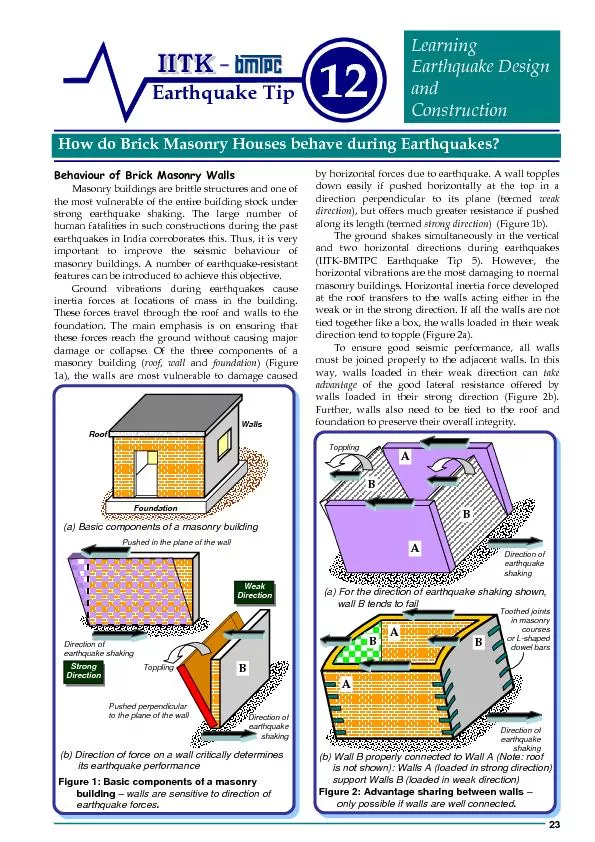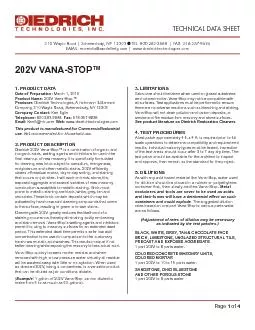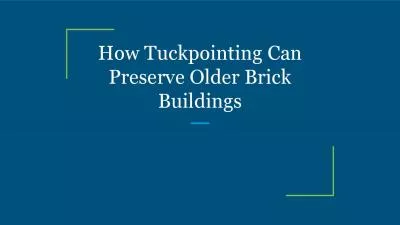PDF-Behaviour of Brick Masonry WallsMasonry buildings are brittle structur
Author : calandra-battersby | Published Date : 2016-05-30
Figure 2 Advantage sharing between walls only possible if walls are well connectedb Wall B properly connected to Wall A Note roof is not shown Walls A loaded in
Presentation Embed Code
Download Presentation
Download Presentation The PPT/PDF document "Behaviour of Brick Masonry WallsMasonry ..." is the property of its rightful owner. Permission is granted to download and print the materials on this website for personal, non-commercial use only, and to display it on your personal computer provided you do not modify the materials and that you retain all copyright notices contained in the materials. By downloading content from our website, you accept the terms of this agreement.
Behaviour of Brick Masonry WallsMasonry buildings are brittle structur: Transcript
Download Rules Of Document
"Behaviour of Brick Masonry WallsMasonry buildings are brittle structur"The content belongs to its owner. You may download and print it for personal use, without modification, and keep all copyright notices. By downloading, you agree to these terms.
Related Documents














